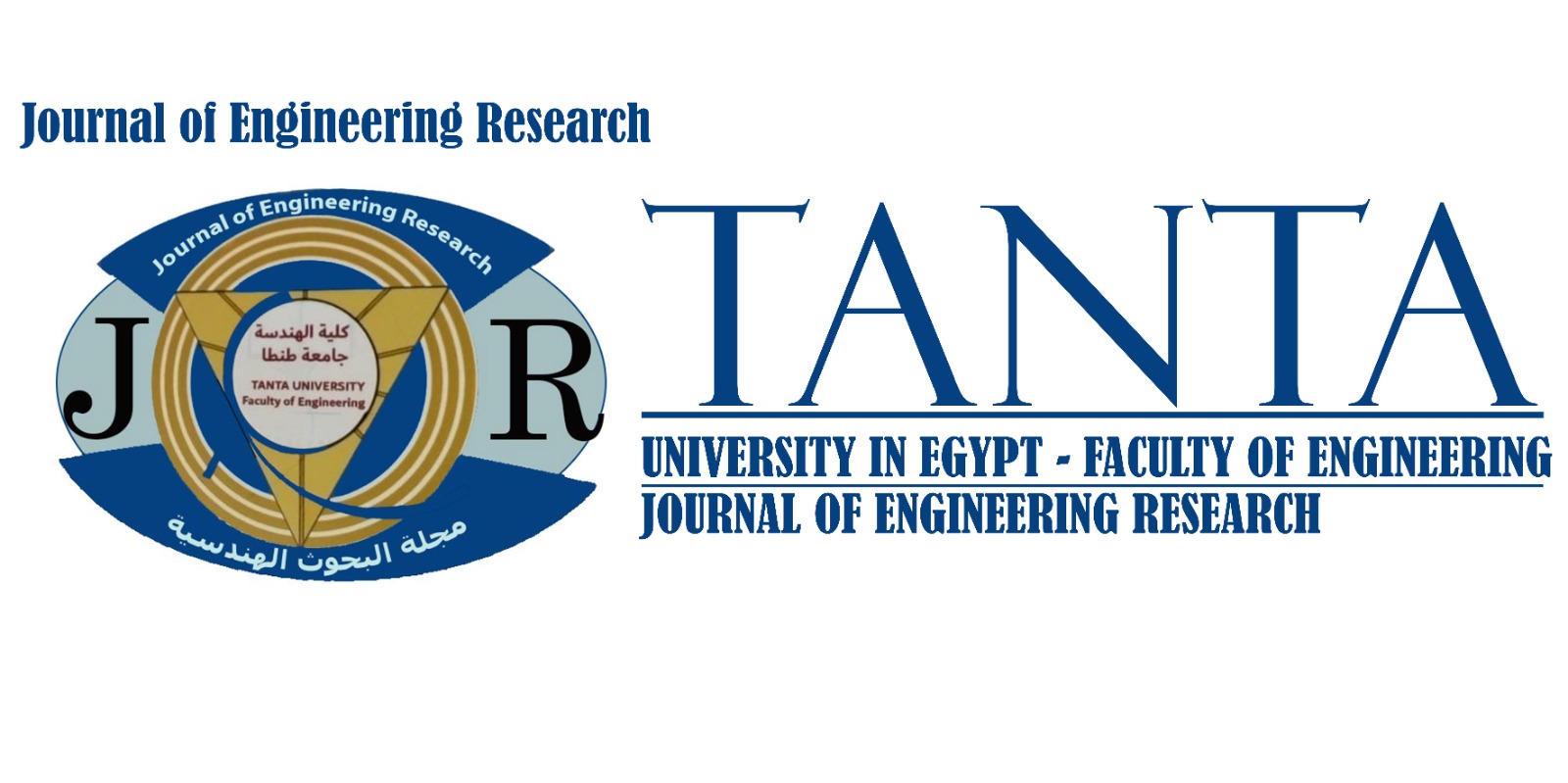Journal of Engineering Research

DOI
10.70259/engJER.2024.851886
Abstract
The clay brick industry, a cornerstone of global construction, faces increasing pressure to mitigate its substantial environmental footprint and improve the sustainability of its practices. The energy-intensive firing process, often reliant on coal combustion, generates significant atmospheric emissions, contributing to climate change and local air pollution. Furthermore, achieving desired mechanical properties in the final product is essential for ensuring the structural integrity and longevity of buildings. This review provides a comprehensive analysis of the chemical and thermodynamic processes governing clay brick firing, exploring their influence on both emissions and the final product's mechanical strength, durability, and water absorption. We examine the key chemical transformations of clay minerals during firing, including dehydration, decarbonation, oxidation, and vitrification, and analyze the combustion reactions of various fuels, including coal, biomass, natural gas, and alternative fuels. We present a comparative evaluation of diverse kiln technologies, ranging from traditional intermittent kilns (e.g., clamp, downdraft) to more efficient continuous kilns (e.g., FCBTK, Hoffman, tunnel, VSBK, zigzag), emphasizing their energy consumption, emission profiles, and impact on the mechanical properties of the fired bricks. The review also explores strategies for enhancing sustainability in the brick industry, including adopting cleaner fuels, optimizing kiln operations and implementing best practices, utilizing hybrid systems, and incorporating industrial and agricultural waste materials. We discuss the significant role of regional contexts, socioeconomic factors, and policy interventions in promoting sustainable practices. Finally, we underscore the importance of life-cycle assessments for evaluating the full environmental impact of brick production, from raw material extraction to building demolition and material recycling and highlight key areas for future research to advance sustainable brick manufacturing practices globally.
Recommended Citation
ELDeeb, I. S.; Bakry, Ayman; M. Nasr, Ahmed; and Showaib, E. A.
(2024)
"Sustainable Clay Brick Manufacturing: A Review of Mechanical Properties, Firing Technologies, Emissions, and Control Strategies,"
Journal of Engineering Research: Vol. 8:
Iss.
5, Article 18.
DOI: 10.70259/engJER.2024.851886
Available at:
https://digitalcommons.aaru.edu.jo/erjeng/vol8/iss5/18

